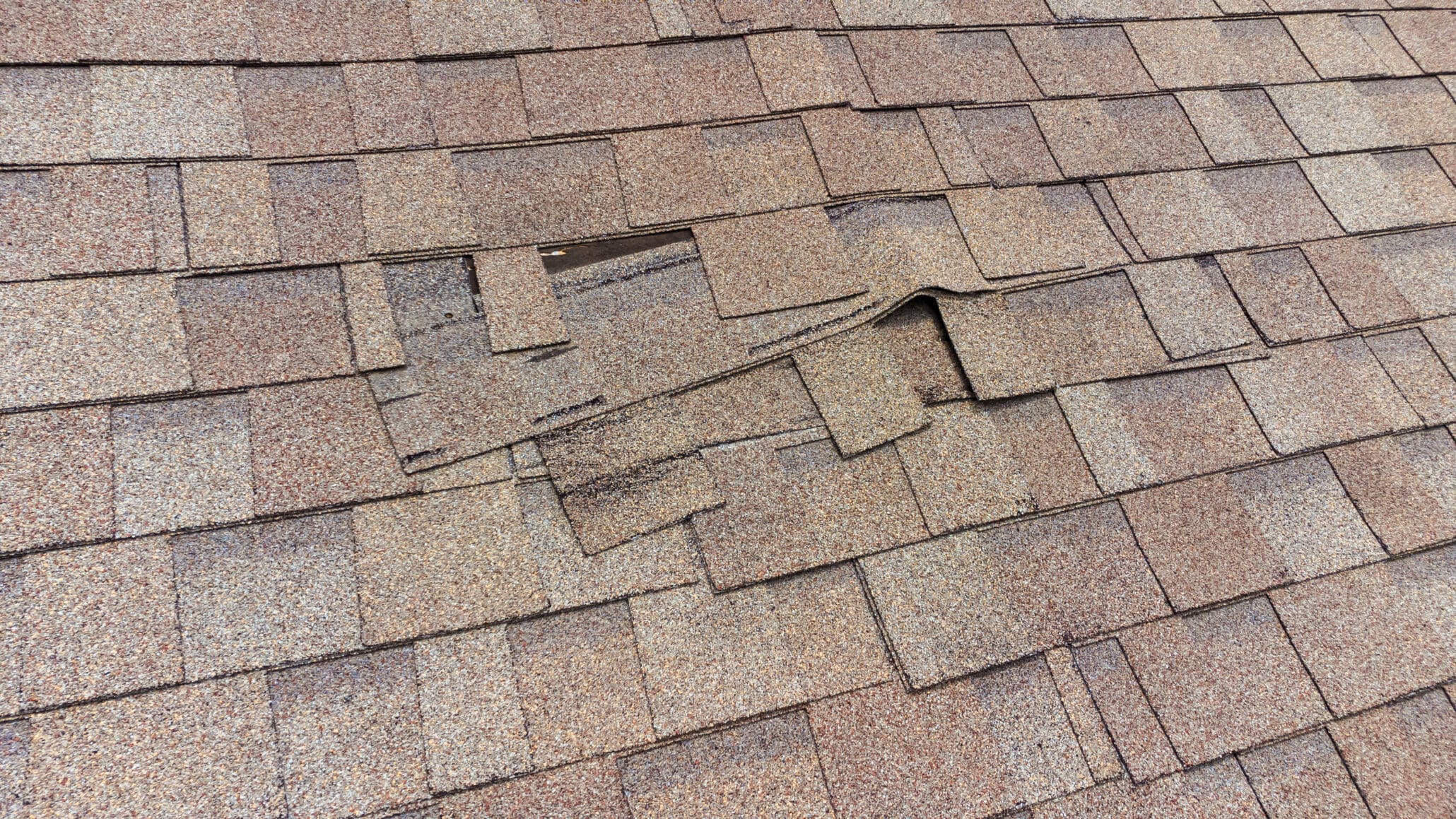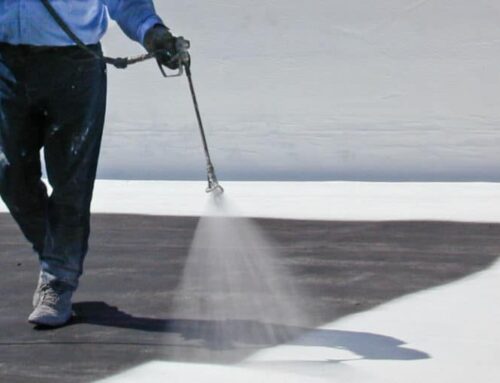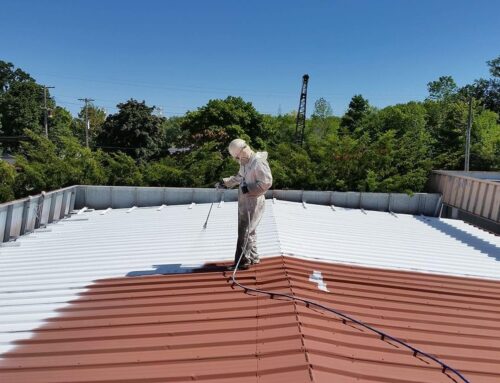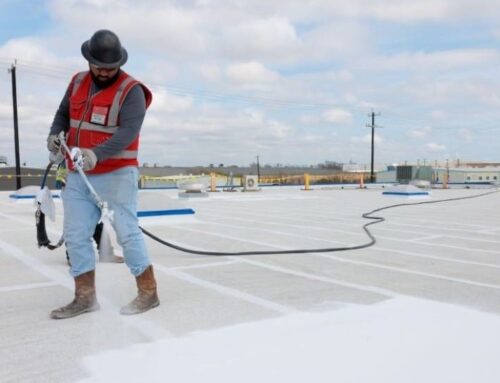Let’s take a look at some of the most common roof issues experienced in the fall and winter months. With a little proactive attention early on, you can avoid major roof damage and rest easy all season long.
LEAKS
Leaks can happen for many different reasons. Things like the age of your roof, past damage, missing shingles, excessive moisture, or backed up gutters can all contribute to roof leaks.
PREVENTION:
The best way to make sure that you won’t have to deal with leaks over the winter is to schedule an annual inspection with a roofing professional.
A good roofing specialist will check over the structure, material, and workmanship of your roof. They will also inspect the interior of your walls, ceiling, and attic to make sure there are no signs of water damage.
DAMAGED ROOFING MATERIALS
Over time, the sun, rain, and wind can take a toll on your roof. Depending on your roof type, you might be missing shingles or dealing with dented and punctured sheet metal.
When your roof isn’t structurally sound, this can quickly lead to rot and leaks in your home.
PREVENTION:
Regular inspections, the replacement of missing shingles, and routine repairs to any metal or other roofing materials will help you stay ahead of severe roof damage.
As discussed, if you keep tree branches trimmed back and deadwood on your property to a minimum you will reduce the risk of damage to your roofing materials and your home itself.
STORM DAMAGE
Branches and heavy debris blown about by winter storms can do a number on even the soundest of roofs. Tree limbs can puncture your shingles, and in severe cases even penetrate your roof or windows entirely.
This kind of damage is not only costly to repair, but can also be a hazard to your home and your family.
PREVENTION:
Removing surrounding dead wood is one of the best things you can do to prevent damage from winter storms. Trimming your trees regularly will help fewer branches fall in heavy wind or other severe weather. For particularly tall trees, experts can do the trimming for you and can also tell you when trees are at risk of being blown over in a storm so they can be removed.
Take some time to evaluate nearby trees in your yard, and you’ll greatly reduce your risk of storm damage this winter.
WATER POOLS
If you have a flat roof, or backed up gutters, it’s not uncommon for the heavy rains to cause water to pool on your rooftop. These water pools can lead to rot, and in some cases, severe leaks in your home.
PREVENTION:
It’s best to check and clean your gutters early in the Fall, and to keep a close eye on them over the winter months. Debris and clogs in your gutters and drains will almost surely result in water backing up on your rooftop.
If you have a flat roof, you may need to have additional drainage systems installed to prevent pooling, or you may need a professional to fix any low spots where rain water collects.





